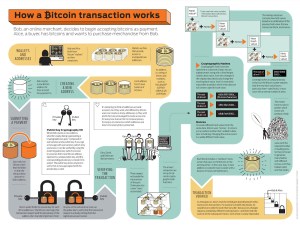In the past, there used to be only 3 players in the telco market – Singtel, Starhub and M1. They sort of formed into a monopoly where 5.2 million people on the island will choose either of the 3 companies. All things change when Circles.life came into the picture and to be honest, it was such a game changer that almost instantaneously switched to them at the earliest time possible once my contract was up. Notably, Singtel has the best coverage in Singapore and underground but they were keen on only making profits for themselves.
The comparison
After some time, all three incumbent were forced to break off from their current model into a SIM only plan. This has been really great for consumers in particular as more competition means more competitively prices plans and better customer service. Of course, the incumbent truly matched the competition and eventually I switch out to GIGA, a SIM only plan from Starhub.
Benefits
The real benefits of going with GIGA means that for a basic plan,
a. S$18 for 20GB of data, 200 mins of outgoing calls, 200 SMS, free caller ID and free incoming calls and incoming SMS.
b. For unused data, you can carry over to the next month (Capped at 2x the base data – 20 GB x 2 = 40GB
c. No contract means, flexibility and freedom to cancel the contract anytime.
d. Signup is digital only – meaning you can only sign up online. You can use the GIGA app to access your account as well as setup your payments. They accept most major credit cards.
e. There isn’t any IDD so for for overseas usage. You would need to buy either gigaRoam (Asia Pacific) or gigaRoam (Rest of the world)
f. There is a small registration fee. You also need to arrange for the SIM card to be delivered to you. However, you can use a referral code to supplement the discount. You will get a one time $20 gigabucks off the 25GB plan or a one time $42 gigabucks off the 50GB plan. Use my referral code – “LhS9Ng”. The referral credit is only valid for any plans except the basic $10 GIGA plans.
Others
The downside of using GIGA is that you can’t surf the internet while on a call. (E.g. checking for emails or stuffs while on a call. However, if you have your WiFi switched on, it works perfectly) You can still receive OTP (One time Pin) while still on the call so that’s not too much of a worry.
Generally, I like the interface, colours and customer service support on GIGA. They even have a live chat function but you need to clear your cache regularly as it seems like it is stuck on my app most of the time. It is fuss-free and simply to use. I’ll say that they are trying hard to evolve and re-invent themselves. I don’t have too much faith with Singtel and GOMO so this is my next best choice.
GIGA just launched a 40GB data, 300 SMS, 300 outgoing calls at $20 for 12 months. It is still a no contract plan but that it reverts back to $30 a month from the 13th month onward.
From time to time, they will launch limited time offers like the one above. You can visit their website to find out more: https://www.giga.com.sg/
Disclaimer
If you like what I am sharing or if it resonates with you, do use my referral codes for other services at https://atomic-temporary-178675883.wpcomstaging.com/contact/
The pictures were taken from GIGA website for this article.











